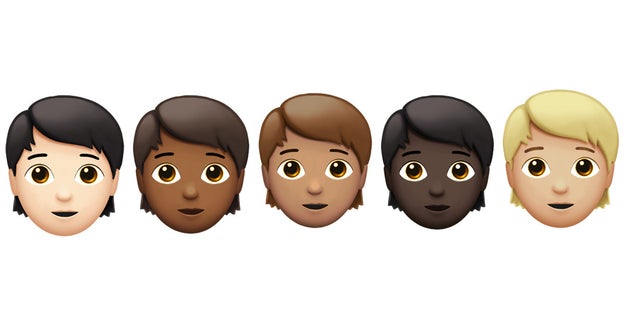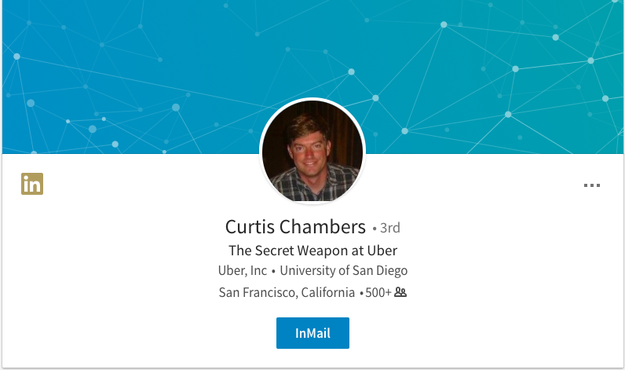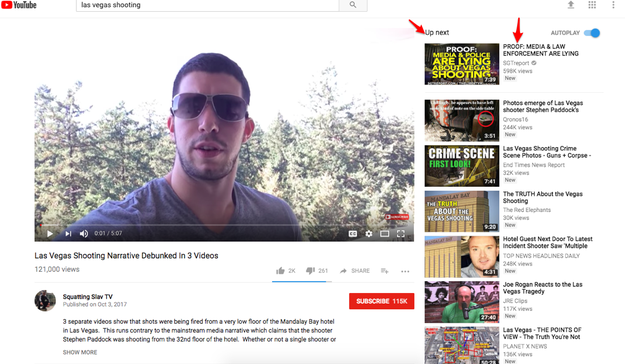People Are Getting Kicked Off Venmo For Breaking Its Very Long User Agreement

Bloomberg via Getty Images/Andrew Harrer
Most people gloss over what's in the small print of their contracts. But not reading the small print could lead to big problems, especially when it comes to money services like Venmo.
Venmo, the mobile payment service owned by PayPal, makes it easy for people to pay back their friends for a drink or coffee. But the company also makes it easy for it to freeze accounts and kick anyone off the platform if they violate anything in the company's 27-page user agreement.
For instance, you can't use Venmo if you're under 18 (sorry, kids). And several Venmo users told BuzzFeed News that the company suspended their accounts and held their funds after they wrote silly captions to friends or tried to sell something to a friend — like a used computer.
Those users were told by the company that they had violated the app's user agreement which prohibits dozens of activities, including having more than one account, paying for items bought on sites like Craigslist, and letting your Venmo account go into the red.
Then there are somewhat vaguer restrictions. “We may, at our discretion, impose limits on the amount of transactions you conduct through the Venmo Services,” the company's user agreement says. “These limits may change from time to time in Company’s sole discretion. You may not send money to your own account.”
A Venmo spokesperson told BuzzFeed News that the app is “designed for payments between friends and people who trust each other.” The company doesn't offer buyer and seller protection, which companies like PayPal offer at an additional cost to users to cover their risk, the spokesperson added.
Venmo told BuzzFeed News that it doesn't disclose exact numbers on accounts that are frozen or put under review, but that they represent “a very small number of total payments.”
“We strongly caution Venmo users to avoid payments with people they don't know, especially if it involves the sale for goods and services (like event tickets and Craigslist items),” Josh Criscoe, Venmo's spokesperson, told BuzzFeed News. “These payments are potentially high risk, and can result in losing your money without getting what you paid for.”
Venmo has ramped up quickly and become the go-to payment mechanism for many people — young adults in particular. The company processed $17.6 billion of payments in 2016, an increase of 135 percent from 2015, according to its most recent annual report.
@nickabouzeid / Via Twitter: @nickabouzeid
But transactions enter a grey area when two friends are selling and buying something like in the case of Colin Sargent, a 29-year-old Venmo user in Los Angeles.
Sargent sold a friend an old computer for $450 in January, he told BuzzFeed News. Within hours of the Venmo transaction, Sargent received an email from the company alerting him that his account had been suspended “due to recent activity that appears to be a violation of our User Agreement,” according to an email reviewed by BuzzFeed News. The email didn't explain what terms he had violated, only that he would need to submit identification to verify he is the legal account holder.
“I could understand if it was like thousands of dollars,” Sargent said. “But I've never done anything suspicious. I've only transferred 20 bucks here and there.”
Venmo declined to comment on specific cases. But Sargent said a specialist explained his account had been frozen because the transaction was flagged as commercial, which is prohibited by the company. His account was unfrozen in April and he was able to move the money into his bank account.
“It left a bad taste in my mouth,” he said. “It was frustrating at the time. When someone asks me to Venmo them, I remember that nightmare.”
@Pammmm22 / Via Twitter: @Pammmm22
Pamela Gabriele, a 21-year old student in Montclair, New Jersey, told BuzzFeed News that she used to use Venmo with her friends like cash until she got kicked of the app — twice.
She said she likes to write out funny captions when paying back her friends or requesting money, like “This is for the other night” or “This is your tip.” Over the summer while she was in Italy, she received an email from Venmo notifying her that her account had been suspended.
A customer service representative told her that it seemed Gabriele had been violating Venmo's user policy on selling goods, which Gabriele denies. Venmo agreed to delete the disputed account in August, according to emails reviewed by BuzzFeed News.
Gabriele opened a new Venmo account in September and paid a friend $8 for a parking service with the caption “I’ll write you five stars on Yelp.” Venmo emailed her again saying her account had been frozen. Another customer service representative said she was banned for “selling goods,” Gabriele said.
Because the account had only been open briefly, she didn't have a chance to connect her debit card and lost the $8. She cancelled her Venmo account again.
“I’m just going to do PayPal,” she said. “It’s the last of my worries as a college student, but it’s annoying they don't clarify.”

@deejvaughn / Via Twitter: @deejvaughn
While it doesn't offer buyer and seller protection, the company will cover a user 100% in the event there is unauthorized activity on their account. For example, if someone steals their password to access an account and sends a payment.
The grey area surrounding how Venmo carries out its user agreement comes at a time when the company is dramatically changing. In September the company announced that retailers like Williams-Sonoma would begin accepting Venmo as payment on purchases. In June, the company announced beta testing of a debit card.
These moves may be indications that Venmo is looking to generate more revenue than can be done simply through peer-to-peer money transfers, Max Levchin, a cofounder of PayPal and current CEO of the digital lending startup Affirm, told BuzzFeed News.
“They're clearly going from consumer-to-consumer money transfer, which is traditionally basically impossible to monetize,” said Levchin, who added that PayPal moved into payment services as well because its peer-to-peer money transfer model was not lucrative. “In many ways, the motivation behind this and the experiments they have done and will do is: How do you monetize the user base?”
Venmo's debit card, which is still in beta testing, is issued by Visa which is an FDIC-insured bank. The card may allow the company to collect interchange fees from merchants when customers use the card to pay for goods and services, which would give Venmo a way to boost revenue. Many banks have become increasingly reliant on these fees, which are roughly 2% to 3% of the purchase value.
Those fees can mean big profits. Debit card interchange fees brought in roughly $17 billion in revenue for banks in 2015, according to the Federal Reserve's most recent survey of merchants.
In this sense, Levchin said, Venmo is “basically offering a bank account.”
@NarcisseNN / Twitter / Via Twitter: @NarcisseNN
As Venmo begins operating as a payment method in retail stores and tests out a debit card, the line between commercial activity and transactions between people who trust each other becomes blurry raising questions about how it may behave as a bigger financial services player.
Matt Schulz, a senior industry analyst with CreditCards.com, told BuzzFeed News that while people don't take the time to read the fine print — or even the boldface print — on terms of service and credit card agreements, it is important to know what you're signing up for.
“The truth is what you don't know can end up costing you money,” he said.
But even reading the fine print, Nancy Kim, a professor at California Western School of Law, told BuzzFeed News Venmo's user agreement is “pretty awful.”
“This is actually a pretty oppressive agreement, frankly,” said Kim.
The company tells users it may change the agreement without notice and can terminate service for any reason, which Kim said might not hold up in court as an enforceable contract.
“Basically, if you can change a contract at any time, it’s not really a contract, is it?” she said. “They can modify at any time without notice, and then terminate for any reason. So does that sound like a contract to you?”
While it's normal for banks to freeze debit cards out of concern for fraudulent activity, that is different from what Venmo does: reversing a transaction for unclear reasons. Fred Williams, a senior reporter with CreditCards.com, told BuzzFeed News that this practice could be “anti-consumer.”
“Reversing the transaction is what gets me,” said Williams, who covers debit and prepaid cards. “If it’s not against terms of service to have friendly transactions, like when you’re splitting rent with people like your housemates or if you’re buying a laptop from a friend, I guess it’s maybe a little grey area. Why would they reverse that unless there is a complaint? Sounds a little bizarre to me.”
Quelle: <a href="People Are Getting Kicked Off Venmo For Breaking Its Very Long User Agreement“>BuzzFeed


























